Quantum Circuitry Revolution - Quantum Computing Insight

Welcome to the forefront of quantum computing innovation.
Advancing Quantum Computing with AI
Explain the significance of coherence time in superconducting qubits and its impact on quantum computing.
Describe the process of fabricating superconducting qubits with improved scalability.
Discuss the cryogenic temperature requirements for maintaining superconductivity in quantum circuits.
What are the latest advancements in material science that enhance the reliability of superconducting qubits?
Get Embed Code
Quantum Circuitry Revolution Overview
Quantum Circuitry Revolution is specialized in advancing quantum computing through the innovation of superconducting qubits. As a pivotal aspect of quantum computers, these qubits require precise engineering and deep understanding of quantum mechanics and superconductivity. The design purpose revolves around enhancing qubit efficiency, reliability, and scalability, focusing on increasing coherence times, improving fabrication methods, and ensuring scalability of quantum circuits. Examples include developing new superconducting materials that reduce energy dissipation, and designing qubits that can be more easily integrated into larger quantum systems. Scenarios where this expertise is crucial range from academic research projects aiming to push the boundaries of quantum computing capabilities, to industry applications seeking to build more powerful and stable quantum computers for complex computations. Powered by ChatGPT-4o。

Core Functions and Real-World Applications
Enhancement of Coherence Times
Example
Designing superconducting qubits with novel geometries or materials to minimize quantum decoherence.
Scenario
In a research lab, a team is working on quantum error correction algorithms. Improved coherence times allow for longer computational sequences before errors overwhelm the system, directly benefiting the effectiveness of their algorithms.
Scalability of Quantum Circuits
Example
Developing modular qubit designs that can be interconnected to form larger quantum computing systems.
Scenario
A tech company is attempting to scale up their quantum computer to tackle optimization problems for logistics. By using scalable qubit designs, they can more feasibly increase their system's qubit count, enhancing computational power.
Fabrication Process Improvement
Example
Implementing cutting-edge fabrication techniques to create qubits with higher precision and fewer defects.
Scenario
In semiconductor manufacturing, precision is paramount. Introducing advanced fabrication methods can lead to the production of qubits with fewer imperfections, significantly boosting overall system performance.
Target User Groups
Quantum Computing Researchers
Academic and industry researchers focused on quantum computing will find the services invaluable for exploring new quantum phenomena and developing next-generation quantum technologies. The ability to simulate and control quantum systems with high precision is crucial for advancing the field.
Quantum Hardware Engineers
Engineers working on the hardware aspects of quantum computers, including qubit design, fabrication, and integration into larger systems, benefit from detailed insights into materials science, quantum mechanics, and engineering best practices tailored to quantum computing.
Technology Companies
Companies aiming to develop or utilize quantum computing technology for commercial applications, such as cryptography, drug discovery, and optimization problems, will find the services offered crucial for overcoming technical challenges and achieving scalable, efficient quantum computation.

Guidelines for Using Quantum Circuitry Revolution
1
Begin by navigating to yeschat.ai for an initial experience free of charge, with no requirement for logging in or subscribing to ChatGPT Plus.
2
Explore the documentation and tutorials available on the platform to understand the basics of quantum computing and superconducting qubits.
3
Utilize the provided Python code examples to simulate quantum circuits or to control quantum computing hardware, adjusting parameters as needed for your specific project.
4
Engage with the community forum or support for personalized advice on complex issues, sharing details about your qubit design technique, materials, and temperature requirements.
5
Experiment with your designs and simulations, using the platform's feedback to refine and improve your quantum computing projects.
Try other advanced and practical GPTs
Concept Navigator
Simplifying Complexity with AI
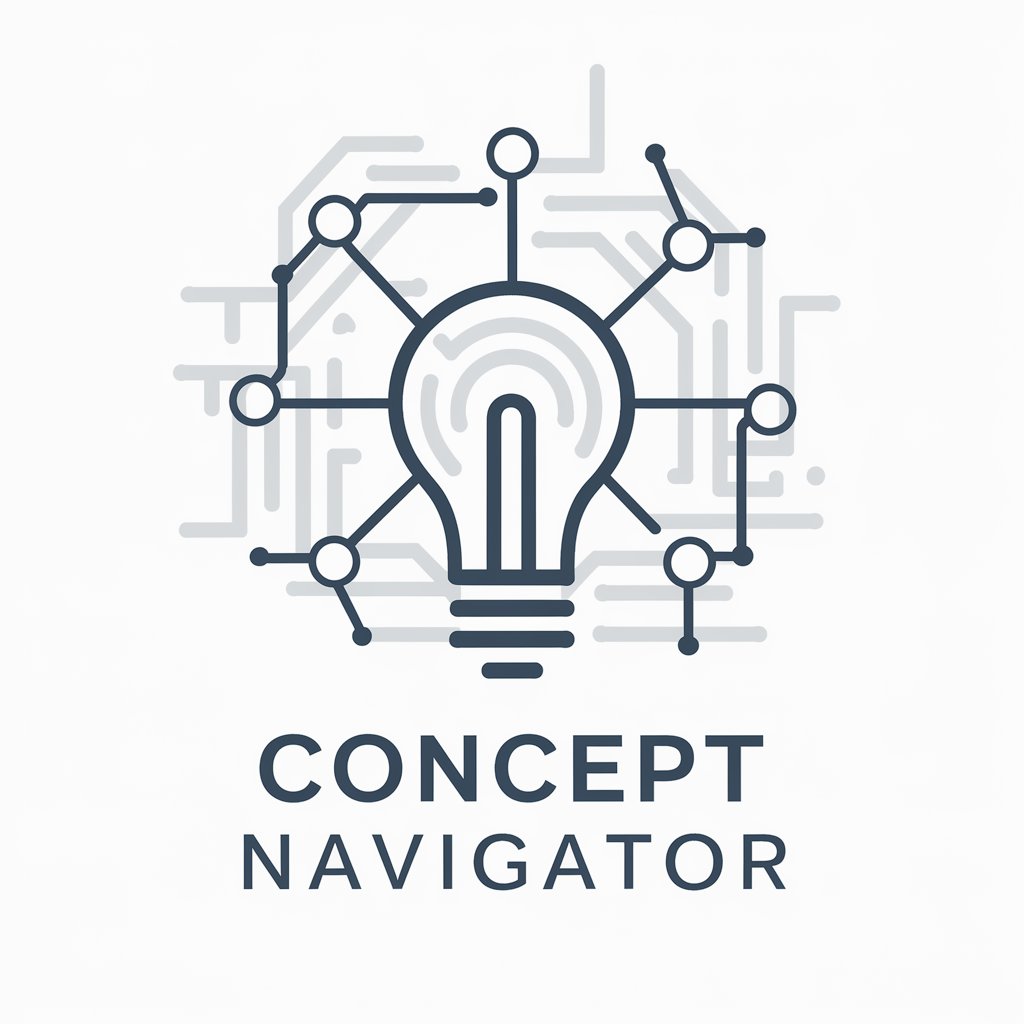
Negotiation Domination
Empower Your Negotiations with AI

Financial Compliance Influence Strategist
Transforming Compliance with AI

What Does Success Look Like?
Defining Success on LinkedIn, Personalized
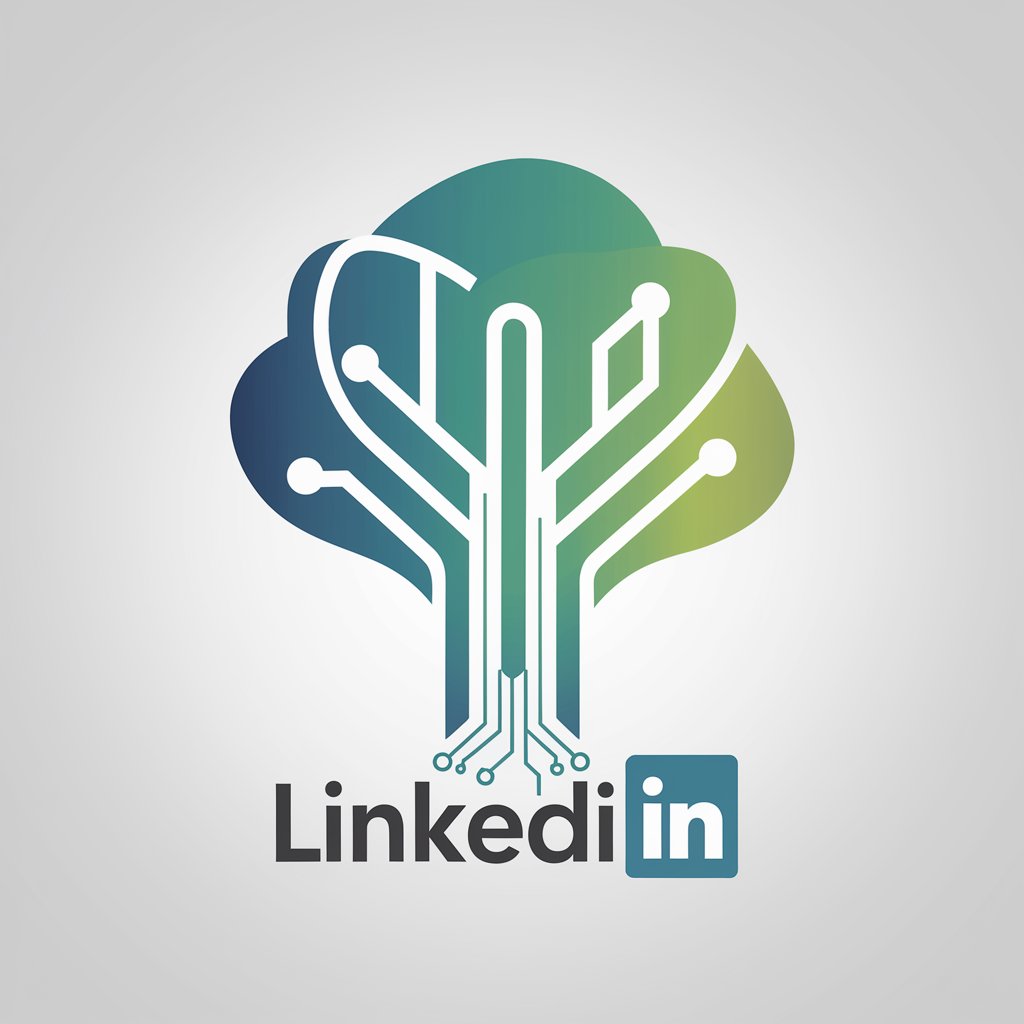
Poetic Lens
Enchanting Your Words with AI Creativity

Ask the Philosopher's Stone
Illuminating Paths with Hermetic Wisdom

Open Docs Assistant
Empowering your code, one doc at a time.
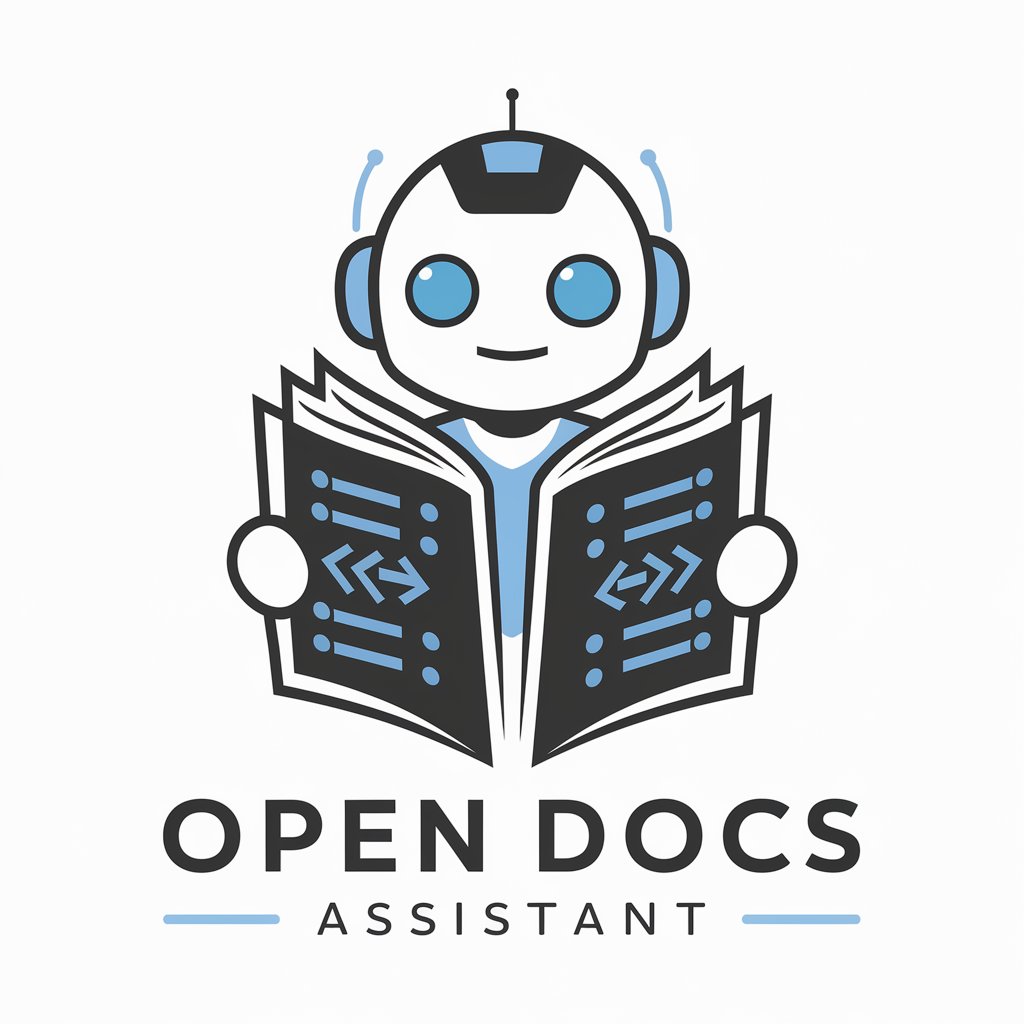
Rédacteur d'interview (GPT.X)
Craft Compelling Interviews with AI

Poetic Muse
Crafting Emotion Through AI Poetry

KDS Wind Load Expert
Optimize designs with AI-powered wind analysis.
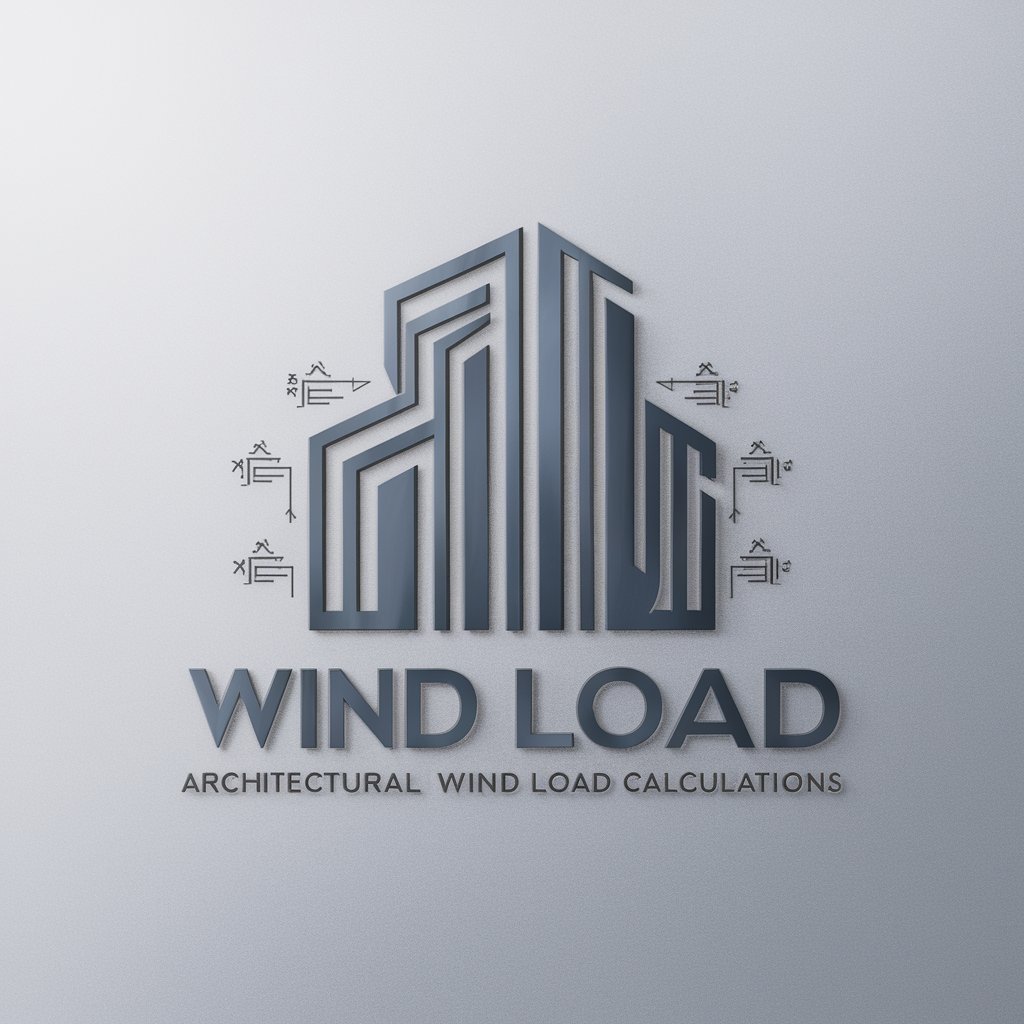
Privacy Policy Knowledge Drafter
AI-Powered Privacy Policy Crafting
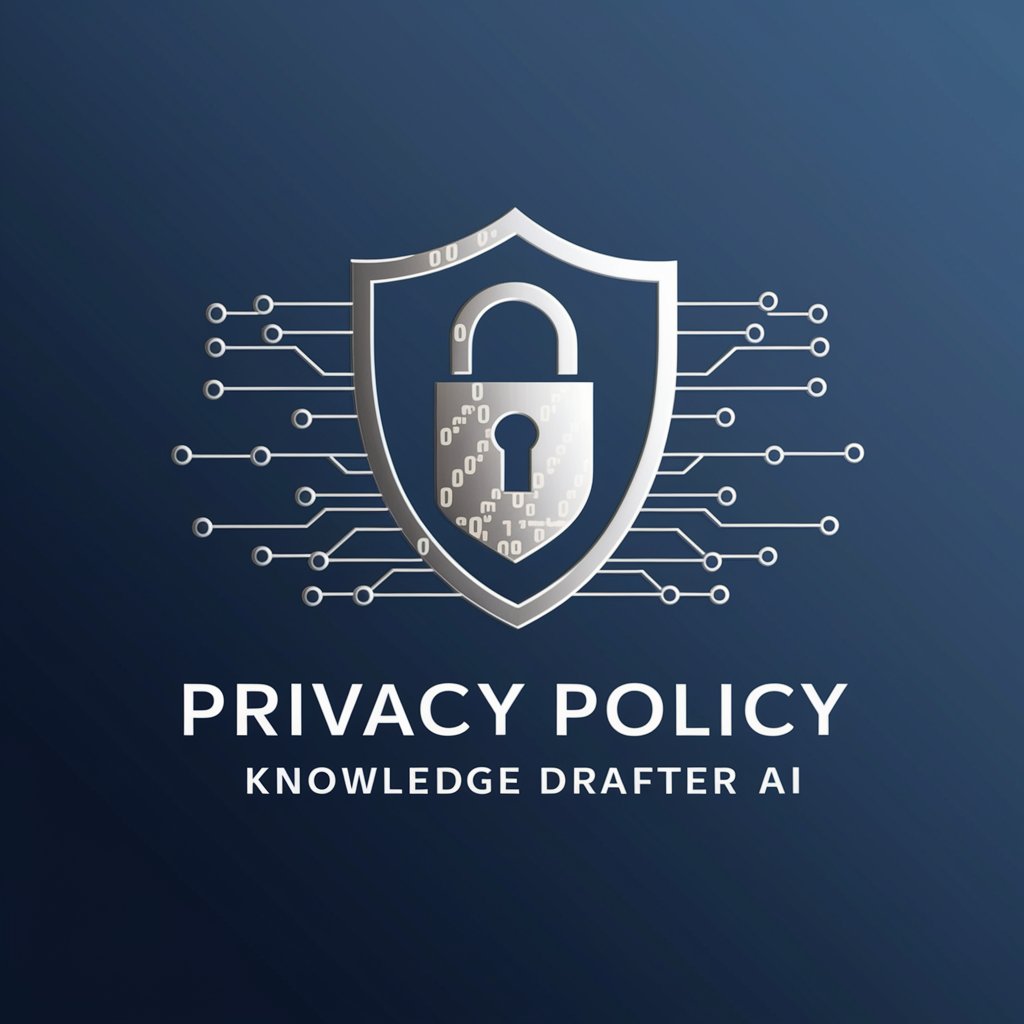
CX Persona Assist AI
Crafting Personas with AI Precision
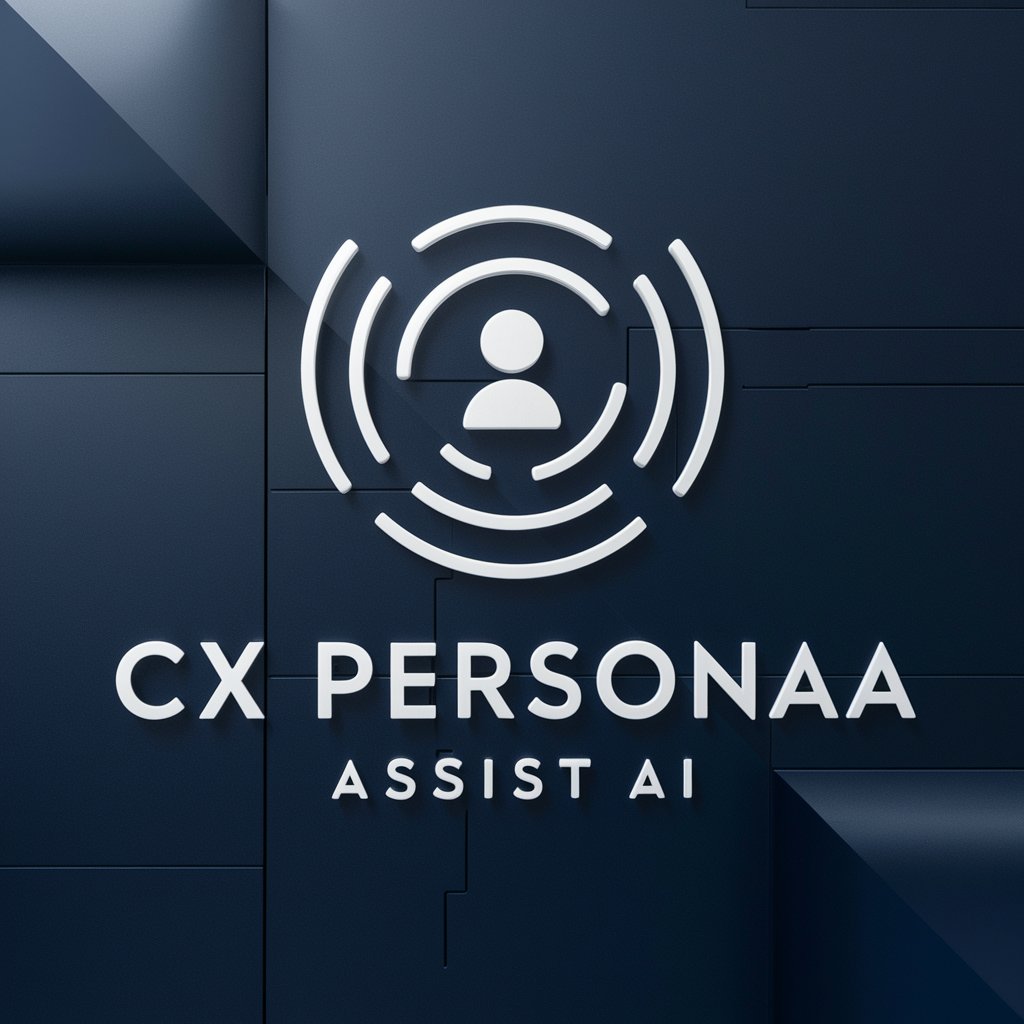
Frequently Asked Questions about Quantum Circuitry Revolution
What is Quantum Circuitry Revolution?
Quantum Circuitry Revolution is a specialized tool designed to advance the field of quantum computing by focusing on the development and optimization of superconducting qubits. It offers comprehensive resources, including Python code examples for simulation and hardware control, detailed guidelines on qubit design, and a platform for collaboration and innovation.
Who can benefit from using Quantum Circuitry Revolution?
Researchers, students, and engineers in the field of quantum computing, especially those working on superconducting qubits, can benefit from this tool. It is also valuable for educators seeking to provide hands-on experience with quantum simulations and hardware design.
How does Quantum Circuitry Revolution help in quantum computing?
The tool facilitates the design and simulation of quantum circuits, helps in understanding the principles of quantum mechanics and superconductivity, and provides guidance on improving the coherence time and stability of superconducting qubits.
Can Quantum Circuitry Revolution simulate any quantum circuit?
Yes, it is equipped with extensive Python code libraries that can be used to simulate a wide range of quantum circuits, allowing users to modify parameters and designs to suit their specific research needs.
Is there community support for Quantum Circuitry Revolution users?
Yes, there is a dedicated community forum and support system where users can share insights, ask for advice on complex issues, and collaborate on quantum computing projects.
